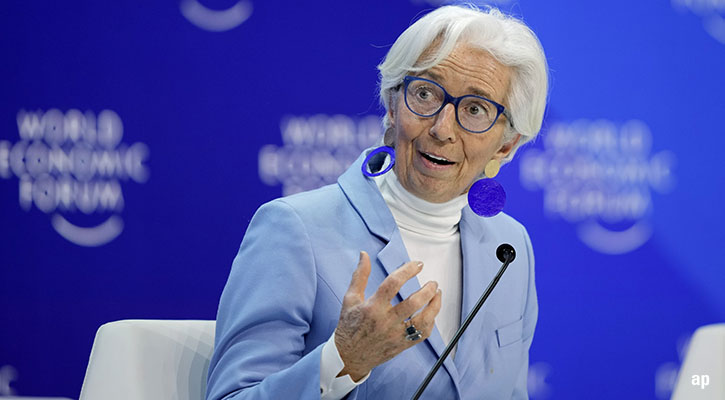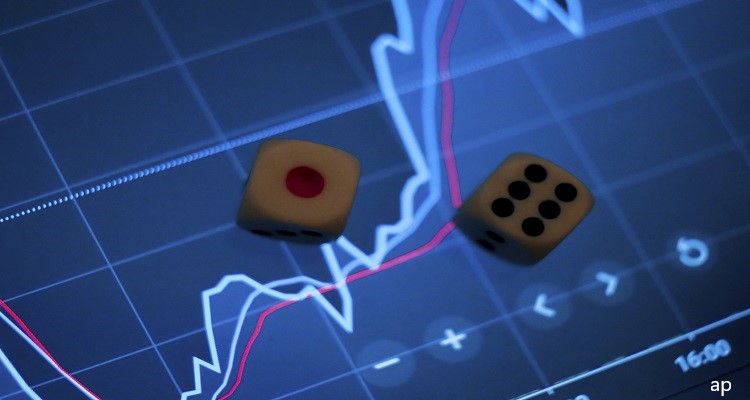Subsea 7 is one of three major engineering and construction firms servicing the oil and gas industry with subsea installation vessel capabilities. While we continue to believe that subsea development will fare better than offshore exploration activities, we think Subsea 7 faces challenges that will translate into slower growth than peers.
Size is crucial for winning tenders and managing project risk, and Subsea 7 is smaller than competitors Technip and Saipem. The 2011 merger with Acergy helped, expanding the firm’s vessel fleet and enabling it to take on larger projects. Project backlog of $8 billion, with half of that hitting execution in 2015, provides a clear runway, but the company's backlog trails the $20 billion-plus backlogs of competitors Saipem and Technip. Because it is smaller, Subsea 7 is less able to take on the largest infrastructure projects the industry could offer, due to revenue concentration over a small number of projects that would substantially increase the degree of execution risk on earnings.
To further expand its asset base and ability to increase backlog, the firm is in the midst of spending $900 million through 2016 to expand its vessel fleet by five additional ships. Though this is obviously a detriment to near-term cash flow, we think additional vessels from Subsea 7 and others (Technip has nine vessels under construction currently) could prevent improved pricing power in the near to mid-term. This new supply, combined with lower demand due to sagging commodity prices, may limit Subsea 7’s ability to expand margins, in our opinion. We’d prefer pursuit of a strategy that enhances its engineering capabilities, including a merger with a well-established E&C firm that does not own a vessel fleet, such as Fluor or Petrofac.
Ultimately, we think favorable reputation is the missing piece of the puzzle for Subsea 7. We’ve seen with peers that better project management leads not only to improved profitability, but also to a reputation of technical expertise that leads to better contract awards. Until Subsea 7 better develops such a reputation, investors can expect the firm to remain in a subordinate role.
Valuation
We are lowering our fair value estimate to NOK 72 per share from NOK 78 after updating our valuation model for first-half results and our lowered long-term oil and gas price assumptions. Our valuation implies a forward 2016 price/earnings multiple of 9.4 times and a forward 2015 enterprise value/EBITDA multiple of 4.7 times.
Risk
The greatest risk facing the oil service industry is lower oil prices for a prolonged period. Lower oil prices would immediately constrain oil producers’ capital spending budgets, which would lead to lower inbound orders and backlog project cancellations for Subsea 7.
Financial Health
Subsea 7 is in good financial shape, with a conservative level of financial leverage, sufficient liquidity to meet operations, and a multiyear backlog of projects. It had $600 million in long-term debt outstanding as of the second quarter of 2015, or about 8% of total capital, a debt/capital ratio of 10%, and debt/EBITDA of 1 times, comparable to its peers and reasonable for an engineering and construction firm with direct exposure to the oil and gas industry.
Merknader: Analysen ble opprinnelig publisert 21. august på Morningstar Select og er betydelig forkortet.







.jpg)

:quality(80)/cloudfront-us-east-1.images.arcpublishing.com/morningstar/FGC25JIKZ5EATCXF265D56SZTE.jpg)













